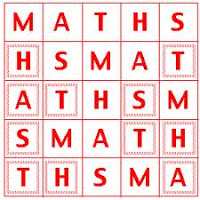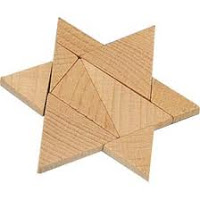#1 - Popular Age Problem
Two old friends, Jack and Bill, meet after a long time.
Three kids
Jack: Hey, how are you, man?
Bill: Not bad, got married and I have three kids now.
Jack: That's awesome. How old are they?
Bill: The product of their ages is 72 and the sum of their ages is the same as your birth date.
Jack: Cool..But I still don't know.
Bill: My eldest kid just started taking piano lessons.
Jack: Oh, now I get it.
How old are Bill's kids?

3,3,8
Lets break it down. The product of their ages is 72. So what are the possible choices?
2, 2, 18 sum(2, 2, 18) = 22
2, 4, 9 sum(2, 4, 9) = 15
2, 6, 6 sum(2, 6, 6) = 14
2, 3, 12 sum(2, 3, 12) = 17
3, 4, 6 sum(3, 4, 6) = 13
3, 3, 8 sum(3, 3, 8 ) = 14
1, 8, 9 sum(1,8,9) = 18
1, 3, 24 sum(1, 3, 24) = 28
1, 4, 18 sum(1, 4, 18) = 23
1, 2, 36 sum(1, 2, 36) = 39
1, 6, 12 sum(1, 6, 12) = 19
The sum of their ages is the same as your birth date. That could be anything from 1 to 31 but the fact that Jack was unable to find out the ages, it means there are two or more combinations with the same sum. From the choices above, only two of them are possible now.
2, 6, 6 sum(2, 6, 6) = 14
3, 3, 8 sum(3, 3, 8 ) = 14
Since the eldest kid is taking piano lessons, we can eliminate combination 1 since there are two eldest ones. The answer is 3, 3 and 8.




